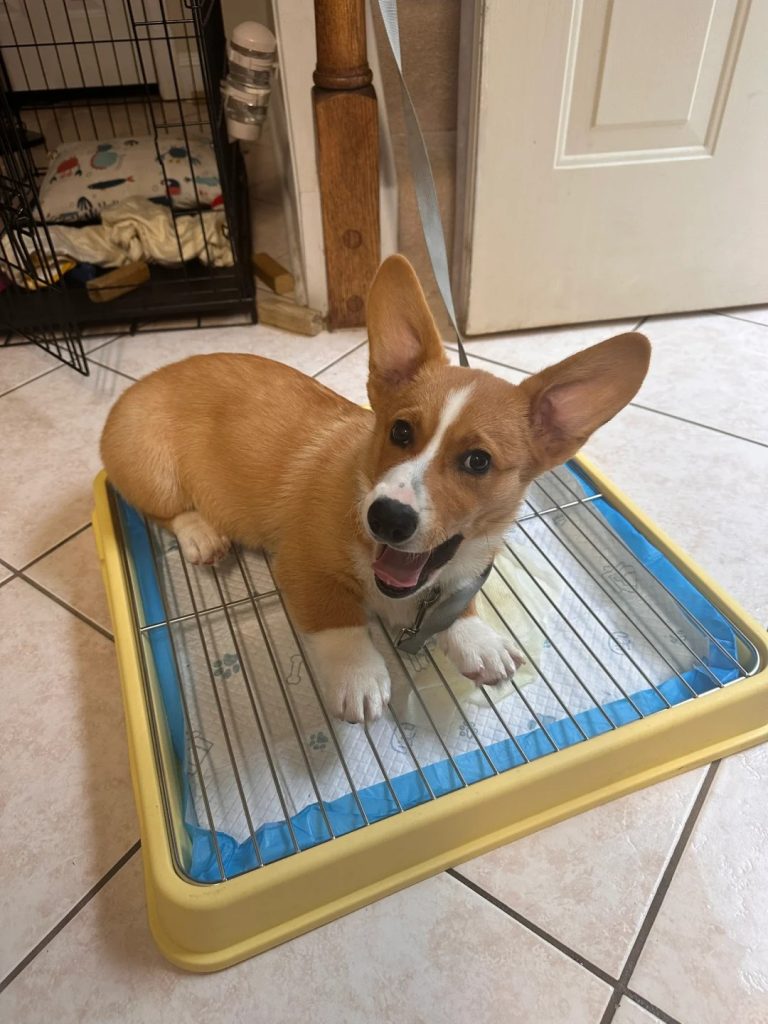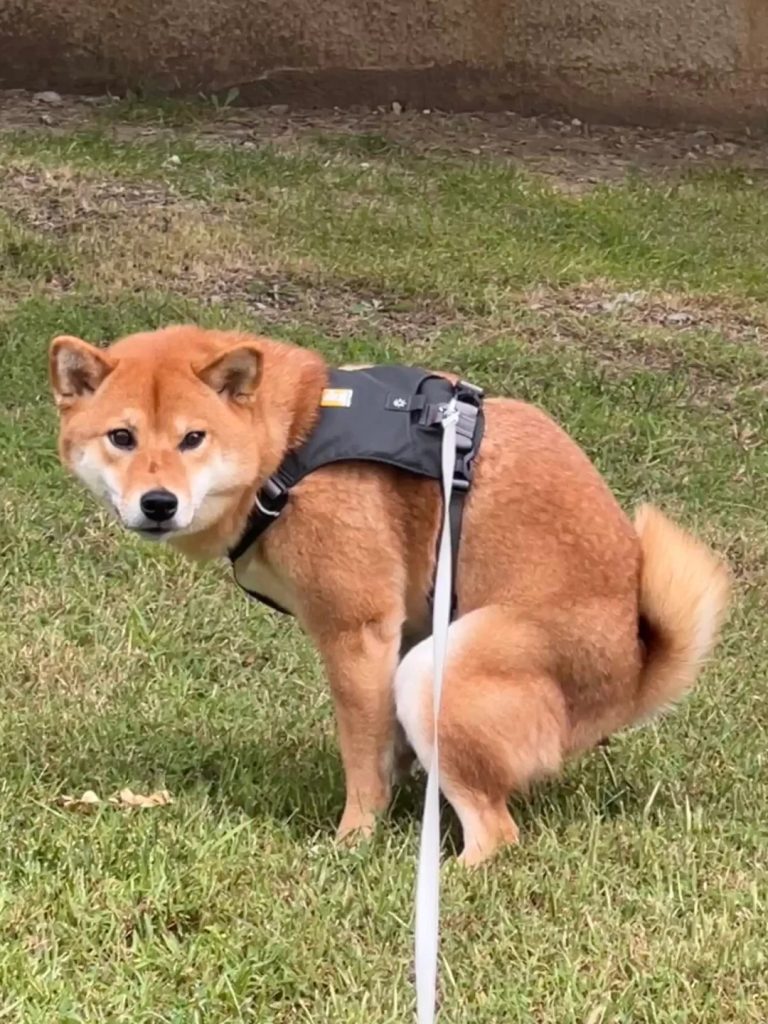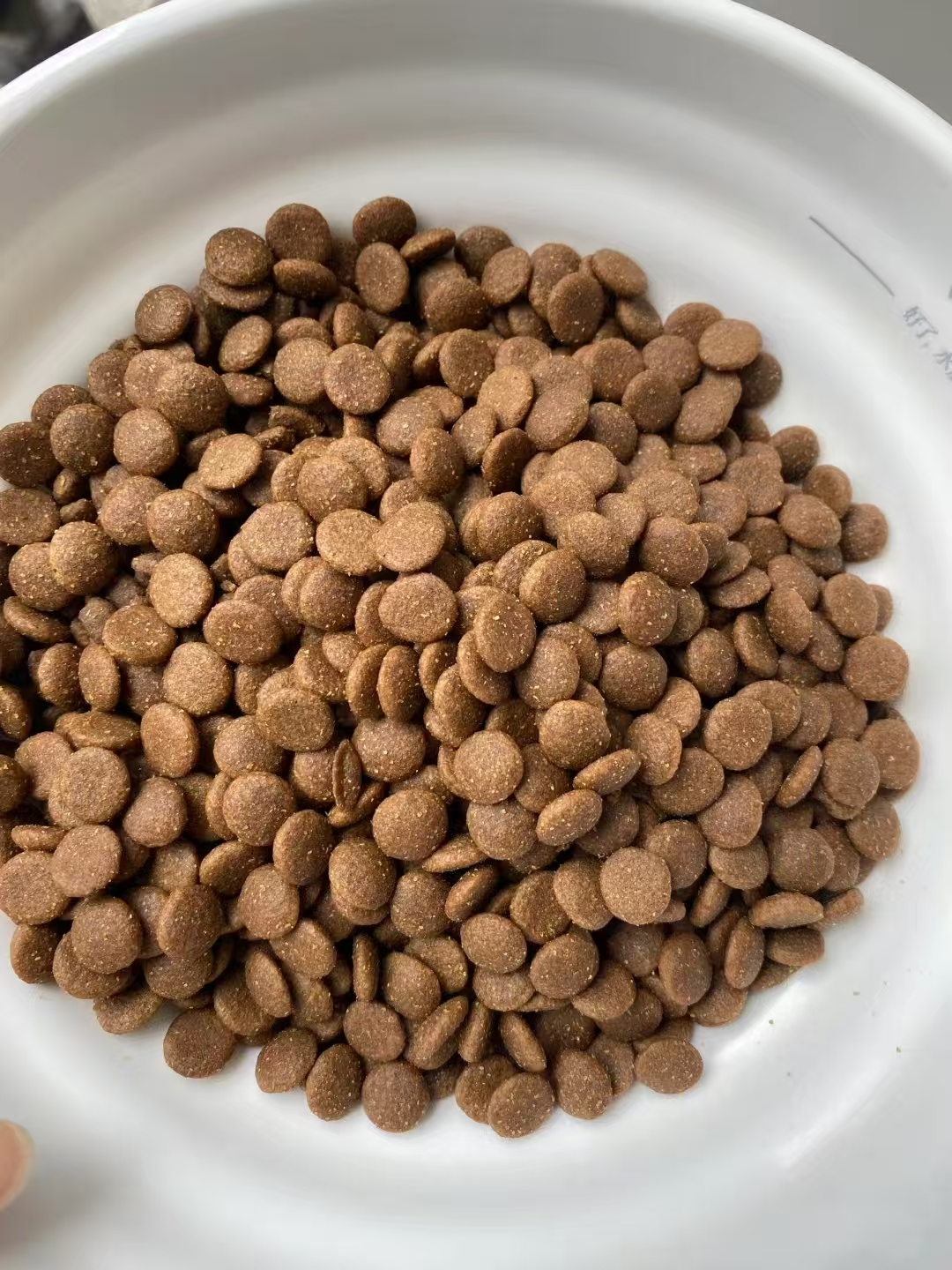

So, you’ve got a new puppy—congrats! Those puppy eyes and wagging tail are pure joy… until you step in a puddle on your kitchen floor. Potty training can feel overwhelming, but don’t panic! With the right approach, you’ll have your pup mastering bathroom etiquette faster than you can say “Who’s a good dog?” Here’s your no-BS, step-by-step guide to how to potty train a puppy—without the stress.
Why Potty Training Matters (Beyond Saving Your Carpet)
Let’s get real: potty training isn’t just about avoiding messes. It’s about:
Building trust between you and your pup.
Creating routines that reduce anxiety for your dog.
Preventing long-term behavioral issues (like marking or hiding accidents).
Saving your favorite rug from becoming a chew toy’s backup bathroom.
Bottom line: Consistency now means fewer headaches later.
When to Start Potty Training & How to Potty Train a Puppy
Start day one. Puppies as young as 8 weeks old can begin learning, but their tiny bladders mean frequent trips outside. Pro tip: Younger pups need more patience—they’re basically toddlers with fur.
Step 1: Choose Your Potty Spot (And Stick to It)
Dogs thrive on consistency. Pick one specific area for potty breaks:
A corner of your yard.
A grassy patch during walks (for apartment dwellers).
Indoor pee pads (if you’re in a high-rise or dealing with bad weather).
Why it works: Smells from previous trips signal “this is the bathroom,” speeding up training.
Step 2: Master the Potty Schedule
Puppies need structure like we need coffee. Here’s the golden routine:
Immediately after waking up (yes, even at 5 AM).
5-30 minutes after meals (digestion = potty time).
After naps, playtime, or training sessions (excitement empties bladders).
Every 1-2 hours for puppies under 12 weeks.
Right before bedtime (to avoid 3 AM “surprises”).
Set phone alarms if you need to—this schedule is non-negotiable.
Step 3: Teach a Potty Command
Turn “go potty” into a magic phrase:
Take your pup to their spot.
Say your cue (“Go potty!” or “Do your business!”) calmly.
Wait silently—no distractions.
When they go, immediately praise and reward.
Pro hack: Use a unique word you won’t accidentally say in everyday conversation.
Step 4: Reward Like It’s a Party
Positive reinforcement is your secret weapon:
Treats: Use high-value rewards (think chicken bits or cheese).
Praise: Go overboard with a happy voice and pets.
Timing: Reward within 2 seconds of finishing—this links the action to the reward.
Avoid: Scolding for accidents. It confuses pups and slows progress.
Step 5: Decode Your Puppy’s “I Need to Go” Signals
Watch for these red flags:
Sudden sniffing or circling.
Whining, pacing, or scratching the door.
Stopping play abruptly.
The “guilty” look (even though they’re not actually guilty).
Act fast: If you see these, grab your pup mid-accident and rush them outside.
Step 6: Clean Accidents Like a Pro
Mistakes happen. Here’s how to handle them:
Stay calm: No yelling—your pup isn’t being spiteful.
Interrupt gently if you catch them mid-act.
Clean thoroughly: Use an enzyme cleaner (like Nature’s Miracle) to eliminate odors. Regular cleaners leave traces that scream “pee here again!” to dogs.
Step 7: Use Crate Training Strategically
Dogs hate soiling their sleeping area. A crate can be a game-changer:
Size matters: The crate should be big enough for your pup to stand and turn around—no more.
Timing: Start with short sessions (10-30 minutes) and gradually increase.
Never use the crate for punishment. It should feel like a safe den.
Note: Skip this if your pup shows signs of crate anxiety.
Step 8: Gradually Expand Freedom
Start with a small, puppy-proofed zone (like a playpen). As your pup nails potty training:
Week 1: One room.
Week 2: Add another room.
Week 3: Full house access (with supervision!).
Watch for regression: If accidents spike, scale back and reinforce basics.
Common Mistakes That Sabotage Potty Training
Inconsistency: Skipping potty breaks = guaranteed accidents.
Free-feeding: Scheduled meals = predictable potty times.
Punishing accidents: Creates fear, not learning.
Ignoring the power of scent: Residual odors from old accidents lure pups back.
Troubleshooting FAQ
Q: My puppy pees when excited. Help!
A: Submissive urination is common. Stay calm during greetings and avoid loud voices. Most pups outgrow this by 6 months.
Q: It’s raining—my pup refuses to go outside!
A: Try:
A pop-up canopy over their potty spot.
Rewarding heavily for bravery.
Transitioning to pee pads temporarily.
Q: How long does potty training take?
A: Most pups get it within 2-4 months, but some stubborn breeds (looking at you, Dachshunds) may take longer.
Q: My puppy was trained… but now they’re regressing!
A: Common causes:
Medical issues (UTI, parasites).
Stress (new home, schedule changes).
Adolescence (yes, dogs have teenage phases too).
Consult a vet if regression persists.
Final Tips for Success
Track progress: Use a potty training log app (like Puppy Potty Trainer) to spot patterns.
Stay patient: Your pup isn’t giving you a hard time—they’re having a hard time.
Celebrate wins: Even small progress deserves a happy dance (yours and your pup’s).
Potty training is equal parts routine, rewards, and resilience. Remember, every accident is a lesson—not a failure. Before you know it, you’ll have a house-trained pup who’s the envy of the dog park. Now go stock up on treats and stain remover… you’ve got this! 🐶💪
P.S. Share your potty training wins (or hilarious fails) in the comments—we’ve all been there!












